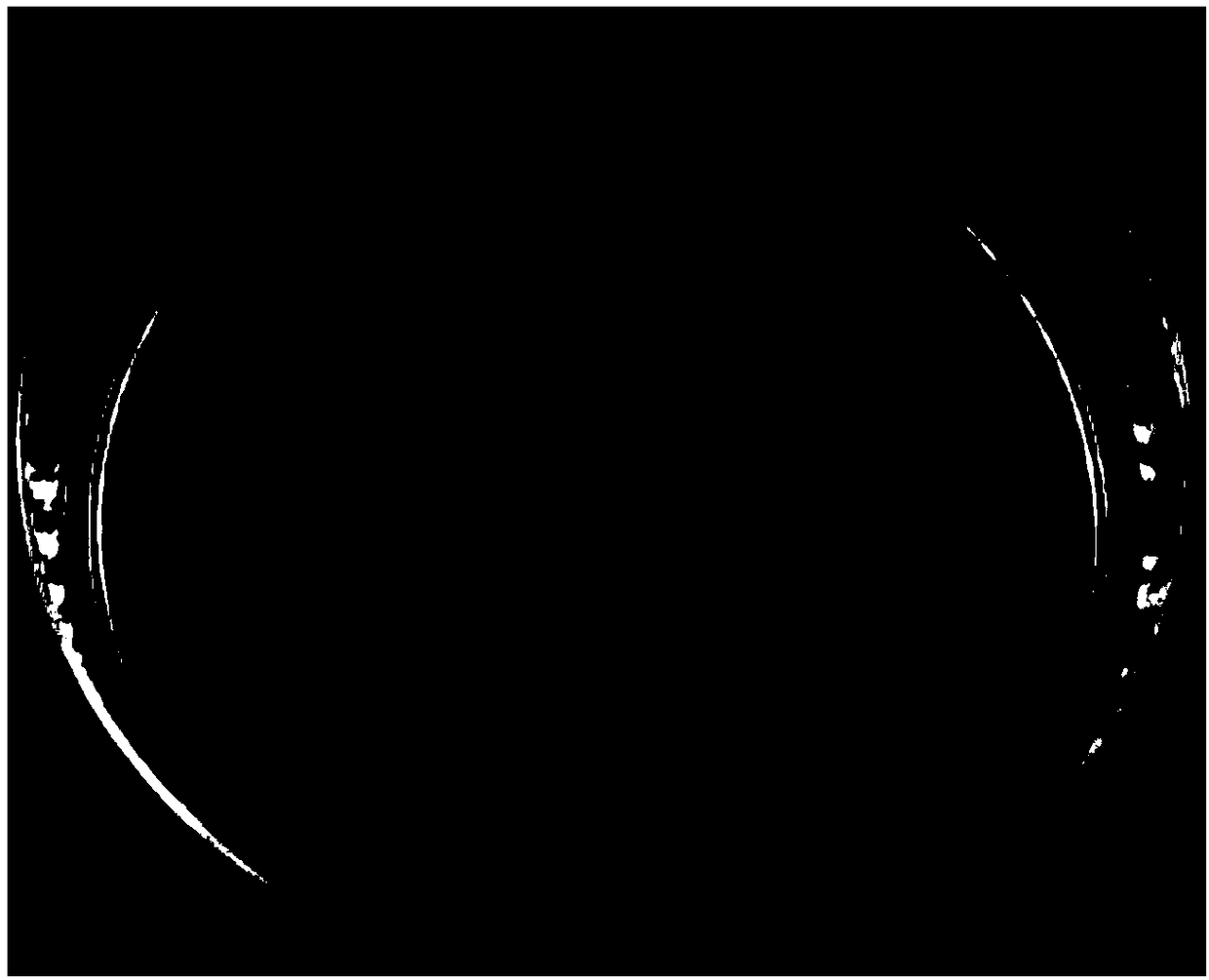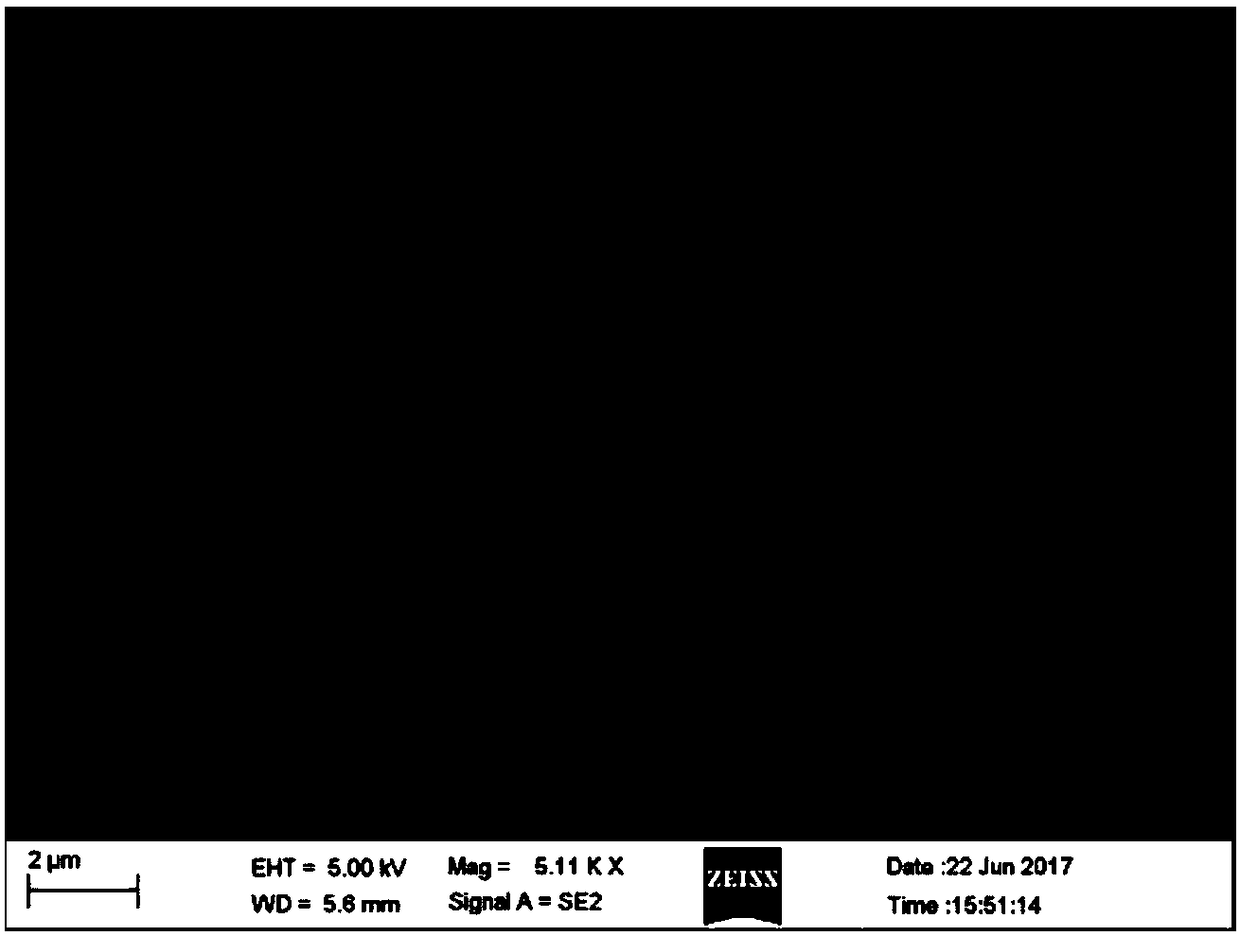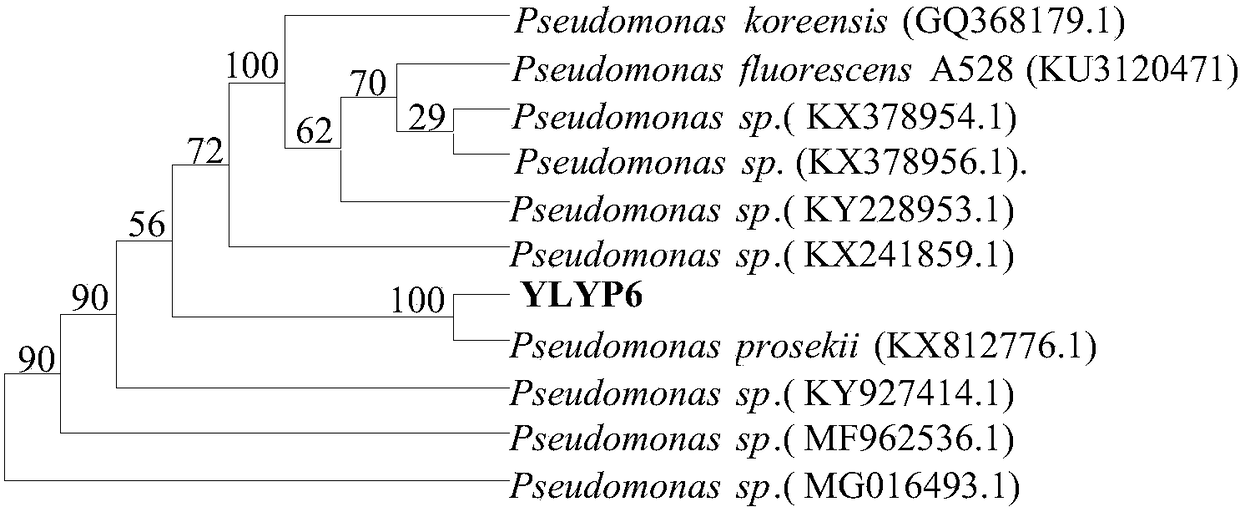Highly efficient phosphate-solubilizing bacteria for soil improvement, and application of highly efficient phosphate-solubilizing bacteria
A phosphate-dissolving bacteria and high-efficiency technology, which is applied in the field of microbial engineering, can solve the problems that phosphorus cannot be absorbed and utilized by plants, the lack of phosphorus utilization, water pollution and soil, etc., to solve the problem of insufficient phosphorus supply in the soil, and the cultivation conditions and methods are simple and easy Line, reduce the effect of chemical fertilizer application
- Summary
- Abstract
- Description
- Claims
- Application Information
AI Technical Summary
Problems solved by technology
Method used
Image
Examples
Embodiment 1
[0028] Screening of efficient phosphate-solubilizing bacteria:
[0029] (1) The isolation method of the bacterial strain is a plate screening method: collect activated sludge in a 50mL sterile centrifuge tube and place it in a clean ice box. Weigh 1g of activated sludge, and use 0.9% sterile saline to dilute the sample gradient to make 10 -1 ~10 -5 solution.
[0030] (2) Medium:
[0031] Monkina (PVK) solid medium: calcium phosphate 5.0g, sucrose 10.0g, ammonium sulfate 0.5g, sodium chloride 0.1g, magnesium sulfate heptahydrate 0.1g, potassium chloride 0.2g, manganese sulfate 0.03g, yeast extract 0.5g, 15g agar, 1000mL distilled water, pH 7.0~7.2.
[0032] LB medium: yeast powder 5.0g, peptone 10.0g, sodium chloride 10.0g, distilled water 1000mL, pH 7.0. Add 15g of agar powder to the solid nutrient agar medium.
[0033] (3) Separation and screening of strains: draw 0.1 mL of dilutions of different dilutions, spread evenly on PVK solid medium, place at 30°C for 3 to 5 day...
Embodiment 2
[0035] Identification of highly efficient phosphate-soluble strain YLYP6:
[0036] The basis and method for the detection of morphological characteristics, physiology and biochemistry is the bacterial identification procedure MS(i) / C005-C01. Morphological identification: the bacteria are Gram-negative bacteria; there are spores, middle or apical, and the spores are oval; the bacteria are arranged singly or in pairs. Cultivated on LB solid medium for 24h, the colonies were moist, with smooth and opaque surfaces and irregular edges ( figure 1 ), which is long rod-shaped under the electron microscope, with an average length of 2-3 μm and an average width of 0.2-0.4 μm, see figure 2 .
[0037] Identification of physiological and biochemical characteristics: See Table 1 for the results of physiological and biochemical experiments.
[0038] Table 1 Identification of physiological and biochemical characteristics of YLYP6 bacteria
[0039] Physiological and biochemical t...
Embodiment 3
[0044] Quantitative analysis of phosphorus-solubilizing ability of strain Pseudomonas prosekii YLYP6:
[0045] (1) Preparation of bacterial suspension: use an inoculation loop to pick a small amount of bacteria in 50mL LB liquid medium, incubate at 30°C, 130rpm for 10h, take 40mL of culture solution in a 50mL centrifuge tube, centrifuge at 4°C, 6000rpm for 3min , collect the thalline, wash the thalline 3 times with 0.9% sterile normal saline, and prepare the bacterial density of 10 with normal saline 8 cfu / mL bacterial suspension.
[0046] (2) Phosphate pretreatment: Weigh 20.0g of calcium phosphate, aluminum phosphate or iron phosphate in a large beaker, dissolve it with 2L of ultrapure water ultrasonically, discard the upper solution every 30min, and keep the insoluble phosphate at the bottom of the beaker , repeat ultrasonic washing 2 to 3 times until the upper layer solution is clear, and collect the phosphate precipitated at the bottom of the beaker, put it in a 60°C ove...
PUM
| Property | Measurement | Unit |
|---|---|---|
| length | aaaaa | aaaaa |
| width | aaaaa | aaaaa |
Abstract
Description
Claims
Application Information
 Login to View More
Login to View More - R&D
- Intellectual Property
- Life Sciences
- Materials
- Tech Scout
- Unparalleled Data Quality
- Higher Quality Content
- 60% Fewer Hallucinations
Browse by: Latest US Patents, China's latest patents, Technical Efficacy Thesaurus, Application Domain, Technology Topic, Popular Technical Reports.
© 2025 PatSnap. All rights reserved.Legal|Privacy policy|Modern Slavery Act Transparency Statement|Sitemap|About US| Contact US: help@patsnap.com



